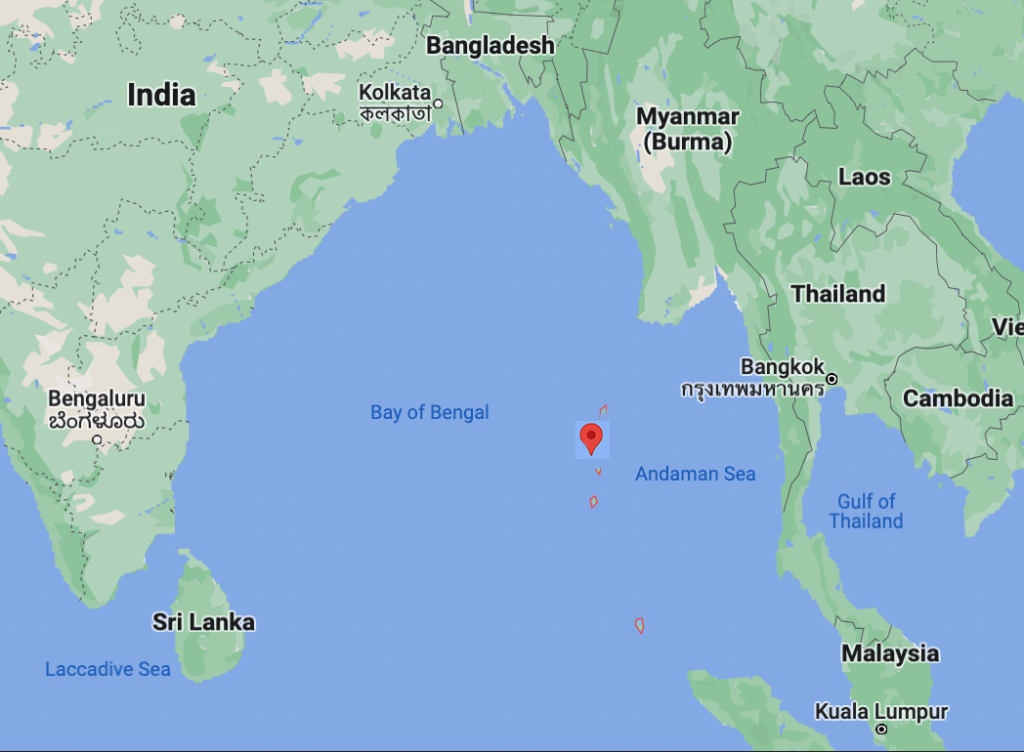How far can you swim?
Most mammals can swim, even though some really don’t like to. Toss your cat in the pool and you will lose a friend. Many dogs are very good swimmers. Portuguese Water Dogs and Labradors come to mind. I have had five Great Danes and they would rather become Chihuahuas (also not good swimmers) than brave the waves.
We all know about mammals that are called marine-aquatic: whales, dolphins, seals and the like. Otters live their entire lives in the water but could live on land if they had to. Of course polar bears are great swimmers. But what I want to tell you about are swimming elephants.
This isn’t a Pacific Ocean story but it’s such a compelling tale that we will jump into the deep end of another ocean. The Indian Ocean. You have seen pictures of elephants in lakes and rivers but they can also swim in salt water. One might think that these huge animals would have trouble floating but they don’t, even though their heads are fully underwater. They breathe through their trunks (effectively their noses) using them as snorkels.
Not long ago an elephant was found nine miles from shore off Sri Lanka. It was lost at sea but but the Sri Lankan Navy successfully rescued him. Completely by coincidence, as I was writing this article, and I happened to get a call from Paul Goldstein a world famous wildlife photographer and who was at that moment in Sri Lanka!
Humans are the best non aquatic-animal swimmers when it comes to distance and are one of the few animals that does not have an in-borne instinct to swim but must be taught. Humans can also run on land further without stopping than any other animal. By far. In October of 2005 Dean Karnazes, who is from Marin, ran for 350 miles without stopping, eating, or even slowing down. He ran for 80 hours and 44 minutes hours. This is the distance from San Francisco to Ventura. Tigers are faster but are exhausted in less than a mile. A horse can run like crazy for about three miles. An ostrich can do a 26.2 mile marathon in 45 minutes but they’d have trouble outrunning Dean. The secret to a human’s ability to run so far is our ability to waste heat by sweating and also our upright stance.
Several swimmers have swum over 100 miles without stopping. The record is a bit fuzzy as tides and currents confound the metric. But the record seems to be in the 240 mile range. Then there are the second best non aquatic swimming animals, elephants; specifically one named Rajan.
In India, elephants have been used for all sorts of work including logging. In the Andaman Islands, elephants were imported in the 19th century for this work. Once the trees were felled and trimmed the elephants rolled the logs into the water and, wrapped their trunks around the them, and swam them out to waiting barges.
These were not small logs either. Once the trees were stripped from a island the elephants would swim to the next one and continue. Rajan and nine others were brought to do this in the 1970s and continued until the practice was banned in 2000. Some 200 elephants found themselves as out of work as an Enron employee in 2007. Most found jobs in circuses, zoos or became temple residents. Rajan stayed and became the mascot for a hotel until he died at the age of 66 in 2016. His retirement looked pretty chill. He was the darling of tourists and took a daily walk in the woods before strolling to the beach for his dip which he enjoyed with swimmers and scuba divers. Rajan even had a part in a Hollywood movie, The Fall. Rajan had a mahout, a human companion, named Nazroo. And they were inseparable. The love between them was obvious and reciprocated.
Are elephants domesticated? It’s a sliding scale. Dogs, cattle, goldfish, chickens and many other animals are considered genetically altered by selection to adapt to humans. Elephants are sort of half way, and are considered semi-domesticated. There are a good many animals that are born wild but can be tamed. Even some you would say, “No, not possible.” Like a polar bear or a hippo. Even adult cheetahs can be tamed in just a day.
I’m considering taming a flock of buzzards. A flock of buzzards is called a ‘wake’ of buzzards. I figure my wake will just follow me overheard like menacing untethered kites, circling overhead as if they know something I don’t. You have to admit this would be a pretty good look for me, especially if I’m in my formal attire.

Special Note to Subscribers I have decided to start publishing every two weeks. I could keep up the pace but I’m asking a lot of my webmaster and editors. This will be a serous cut in pay for me so I will now be making half of nothing meaning my private jet delivery is going to stretch out twice as long from never to double never. Even the magazine Entertainment Weekly has gone to every two weeks. So please don’t yell at me. I don’t make the rules. Wait, I forgot, I do make the rules. OK, yell away.





And then there’s this wayward Californian swimmer!
https://www.nbcnews.com/news/us-news/arabian-show-horse-rescued-after-swimming-three-miles-ocean-flna776601
P.S. – Love the outfit – a good look!
Jamis,
I’ll miss weekly but always appreciate when I receive them…Notwithstanding the subscription price!
Love ya,
Jim
Thanx as always. Great full for what we get
A gift you are
Aye captain
How come the older I get, the more I want a pet hippo?